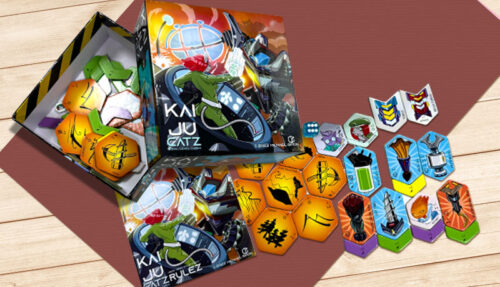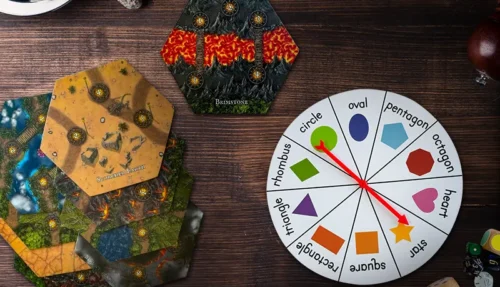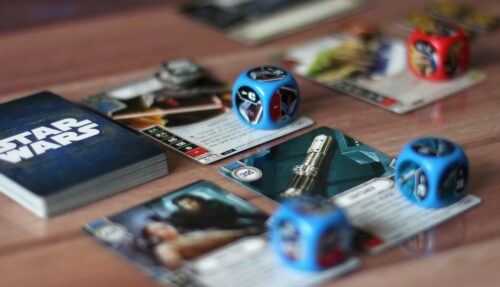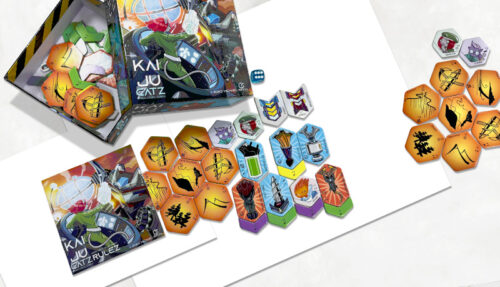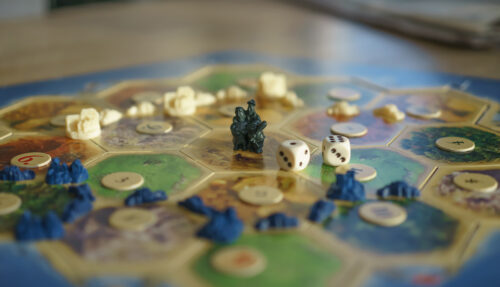Board games can be more than just fun pastimes; they can offer a wealth of creative educational opportunities. Here's our in-depth guide to designing a successful educational board game.
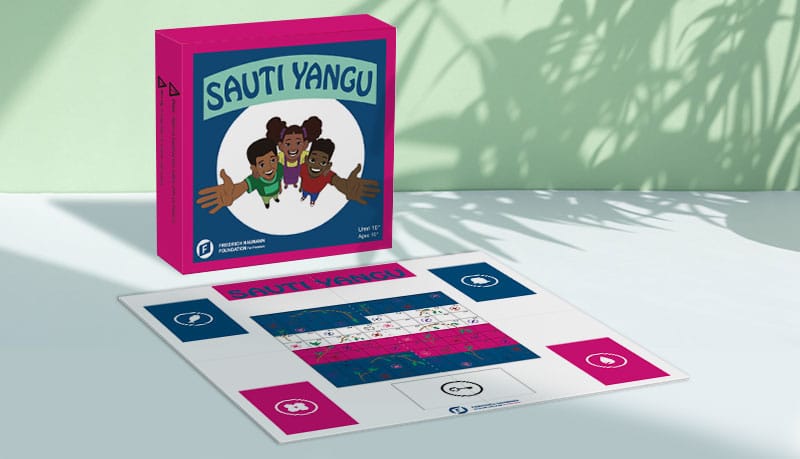
Dating back at least 5,000 years, board games have long been a beloved form of entertainment, offering a unique and interactive experience for players of all ages. From the ancient Kings of Mesopotamia to modern families around the world, few people have never played a board game at some time in their lives. But did you know that board games can also be an important educational tool? By combining fun to play activities with educational content, board games have the potential to make learning activities more engaging, enjoyable, and memorable. In this post, we’d like to explore the process of exactly how to design an educational board game. Drawing on our decades of experience in the offset printing and game manufacturing industry, we’ll cover everything from how to identify suitable subject matter to how to create game mechanics and testing the game for optimal learning outcomes. So, whether you are a professional game developer, an educational product creator, or simply curious about what’s involved, let’s dive in and discover how you can create your own educational board game.
Step 1: Choose a subject and define the scope
The first step in designing an educational board game is to choose a subject that you want to focus on. It’s important to narrow down the scope of your game to make sure that it remains manageable and clearly satisfies the learning objectives you are aiming to fulfill. For example, if you want to create a history game, you could choose a specific time period or event, such as World War II or the Renaissance. By narrowing your focus, you can create a game that allows players to explore the chosen subject matter in a more profound way and provides meaningful educational content which can be of value to them both in the classroom and the examination hall. To discover more about the thematic aspect of board game design, you may wish to read, Why Board Game Themes Matter.
Step 2: Develop the game mechanics
Once you have identified the subject of your educational board game, you’ll need to develop the game “mechanics” as they’re called in the industry. Game mechanics are the rules and systems that govern how the game is played, who can and can’t do what, when, and who wins and how they win. They determine how players interact with each other and the game components, as well as how they progress towards victory. When designing the game mechanics, it’s important to fit them to the educational content to guarantee that players are actively engaged in learning while playing the game and having fun.
For example, if your game is about supply and demand in economics, you could incorporate a resource management mechanic where players have to balance their supply of goods with the demand from consumers. This would not only teach players about the concept of supply and demand, but also require them to make strategic decisions based on economic principles.
If you’re not sure what board game mechanics might be suitable for your educational game, we invite you to explore all the most popular and proven options by reading, What Are the Different Types of Board Game Mechanics?
Step 3: Set clear objectives and win conditions
In order to create an effective educational board game, it’s essential to define clear objectives and win conditions. This will guide players toward the desired learning outcomes and provide a sense of accomplishment when they achieve their goals. The objectives should be harmonized with the educational content of the game and reflect the concepts or skills that players are expected to learn or develop through playing the game. It’s often a good idea in educational games to design them as co-operative games, whereby the players work together to achieve a common goal rather than against each other. This encourages collaborative work and avoids creating “losers” who might be teased or feel left out. Find out about designing collaborative games in our in-depth post, How to Design a Cooperative Board Game.
For instance, if your game is focused on teaching scientific concepts, the objective could be to conduct a series of experiments and make accurate observations. The win condition could be based on the accuracy of the observations or the completion of a specific number of experiments. By setting clear objectives and win conditions, you provide players with a sense of purpose and direction, enhancing their engagement and motivation to learn.
Step 4: Incorporate educational content
The heart of an educational board game lies in the integration of educational content into the game’s theme, mechanics, objectives, and more. You can do this by various means, such as trivia questions, puzzles, or strategic decision-making based on real-world scenarios. The key is to make the educational content seamlessly blend with the game mechanics, creating a cohesive and engaging experience for the players and to tailor everything to the age group for which your game is intended.
For example, if your game is about geography, you could include trivia cards that ask players to identify countries or landmarks on a map. By correctly answering these questions, players can gain advantages in the game, such as extra resources or the ability to take additional turns. This not only reinforces their knowledge of geography, but also adds an element of competition and excitement to the gameplay.
Step 5: Playtest and refine
Once you have developed the initial version of your educational board game, you’ll need to playtest it with a group of players. This will help you identify any issues or areas for improvement, as well as gather feedback on the game’s educational value and overall enjoyment. Pay attention to how players engage with the educational content and whether they find it entertaining and informative.
During playtesting, observe how players interact with the game components, understand the rules, and make decisions based on the educational content. Take note of any areas where players seem confused or disengaged, as these may indicate areas that need further refinement. Incorporate player feedback and iterate on the game mechanics and educational content to create a more polished and effective learning experience. You can find a more in-depth guide to the topic of playtesting here: How to Playtest a Board Game.
Step 6: Design engaging components
In addition to the gameplay and educational content, the components of your board game play a super-important role in creating an engaging and immersive experience for your players that will have them learning and having fun at the same time. Consider the use of high-quality materials, visually appealing artwork, and intuitive designs that enhance the way the game is played, exemplify the theme, and reinforce the educational content, too. Components are all the material aspects of the game, from the board to counters, dice, cards, figurines, and anything else that’s needed for the game to function. Find out about choosing components in our post, What Should a Board Game Include?
For example, if your game involves collecting cards or tokens, make sure that they are beautifully designed and easy to understand. Use color-coding or symbols to represent different concepts or categories, making it easier for players to associate them with the corresponding educational content and read their meanings at a glance. By investing in the design and production of high-quality components, you can further enhance the overall experience and appeal of your educational board game, making it more likely to sell.
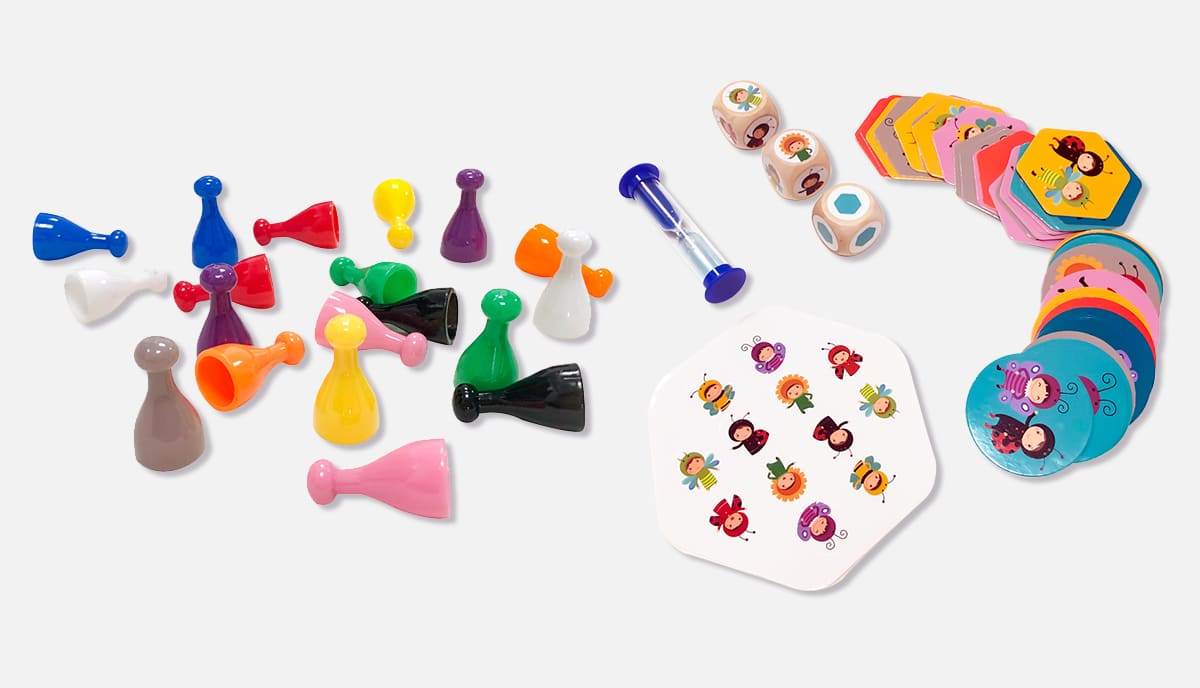
Step 7: Provide clear instructions and player aids
To make sure that players can easily understand and play your educational board game, it’s important to provide clear and concise instructions. Break down the rules into simple and easily digestible sections, accompanied by examples and illustrations, to clarify any potential confusion. Use headings and subheadings to organize the instructions, making it easier for players to navigate and reference specific rules while they’re playing the game without interrupting the game’s flow.
Also, consider providing player aids or reference cards that summarize the key rules and concepts of the game. These aids can serve as quick references for players, helping them remember important information and make informed decisions. By providing clear instructions and player aids, you create a more accessible and enjoyable experience for players, allowing them to focus on the educational content and enjoy the strategic gameplay.
Step 8: Promote engagement and interaction
One of the key advantages of board games is their ability to promote social interaction and cooperative learning. Design your educational board game to encourage collaboration, discussion, and strategic thinking among players. Incorporate mechanics that require players to work together towards a common goal or engage in friendly competition to reinforce the educational content.
For example, you could include cooperative elements where players have to collaborate to solve challenges or overcome obstacles. Alternatively, you could incorporate a competitive element where players compete to achieve the highest score or complete objectives within a limited timeframe. By fostering engagement and interaction, you create a dynamic and immersive learning experience that encourages active participation and critical thinking.
Step 9: Consider accessibility and inclusivity
When designing an educational board game, it’s important to consider accessibility and inclusivity to make sure that all players can fully participate and enjoy the game. Take into account factors such as color blindness, language barriers, and physical limitations when designing the game components and mechanics.
For example, use color-blind-friendly palettes or include alternative symbols or text to convey important information. Provide language localization options or include visual cues to facilitate understanding of players with different language backgrounds. Consider the physical accessibility of the game components, such as ensuring that cards or tokens are easy to handle for players with limited dexterity.
By designing with accessibility and inclusivity in mind, you can create an educational board game that is enjoyable and accessible to a diverse range of players.
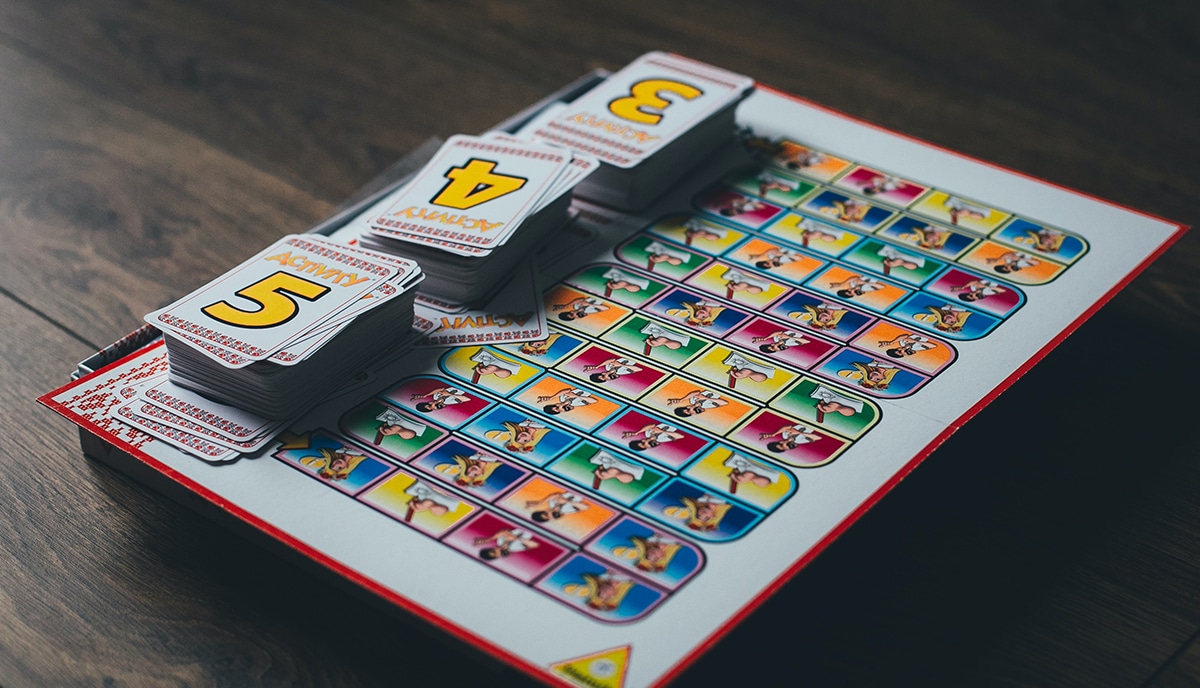
Step 10: Continuously improve and evolve
Creating an educational board game is an iterative process, and it’s important to continuously to look for feedback, gather insights, and make improvements. Collect feedback from players, educators, and experts in the field of education to refine your game mechanics, educational content, and overall learning experience.
Stay up-to-date with advancements in educational research and incorporate new findings into your game design. Regularly playtest and evaluate the game to identify areas for improvement and address any potential issues. By continuously improving and evolving your educational board game, you can make sure that it remains relevant, effective, and engaging for years to come.
Designing an educational board game offers a unique opportunity to combine fun and learning. By following the steps outlined in this guide, you can create an educational board game that not only entertains but also educates players. Here’s a quick summary of what we’ve covered in this post:
- Remember to choose a subject that’s specific
- Develop game mechanics aligned with the educational content
- Set clear objectives
- Playtest and refine
- Design engaging components
- Provide clear instructions and player aids
- Promote engagement and interaction
- Consider accessibility and inclusivity
- Continuously improve and evolve
Whether you design a game for use in the classroom or at home, for students or families, or even for adult education and professional development, following the key points outlined in this guide should get you off to a good start and keep you on track as you develop your game idea, mechanics, rules, and components. For an in-depth guide to every aspect of board game design, read our extensive treatment, How to Design a Professional Board Game.
Talk to us. We're here to help!
So, now you know how to design an educational board game. You’ll also understand that it can be a long and difficult process with a lot of tricky choices to make along the way. We’re here to make the process of designing, printing, and making your board game as easy and stress free as possible. But if you have anything else to ask, feel free to get in touch. At QinPrinting, we have a very friendly expert team, state-of-the-art technology, a worldwide reputation for excellence, and a genuine commitment to caring for each customer as an individual. We’d be happy to answer all your educational board game printing and manufacturing questions and we can give you a no-obligation quote for your project on request. Just shoot us an email to [email protected] or just call us on +1 951 866 3971 and one of our expert team members will be delighted to help.






